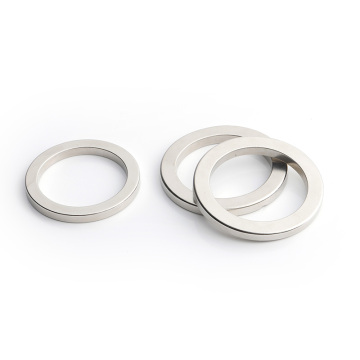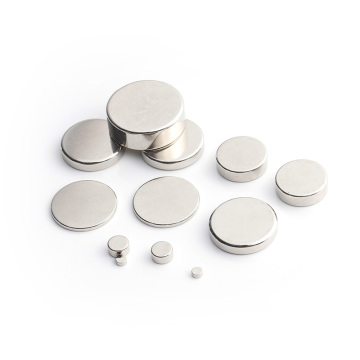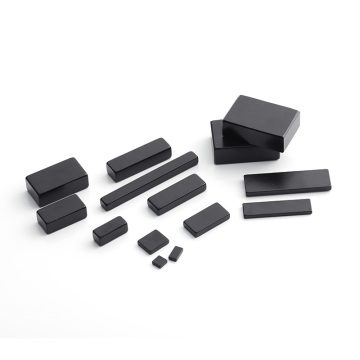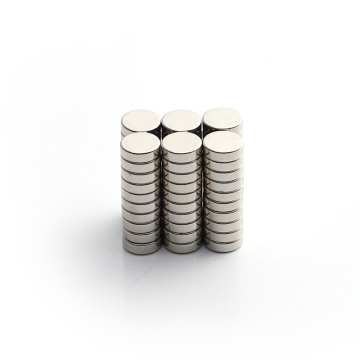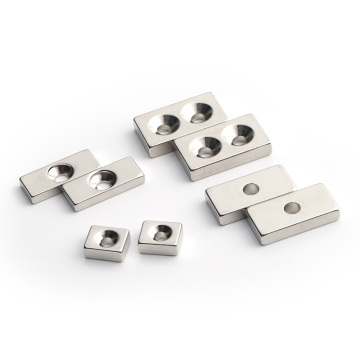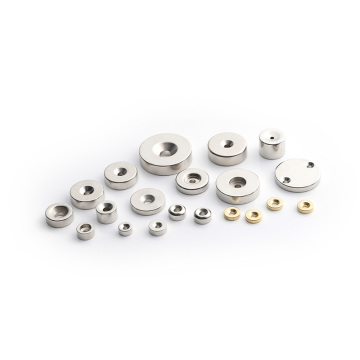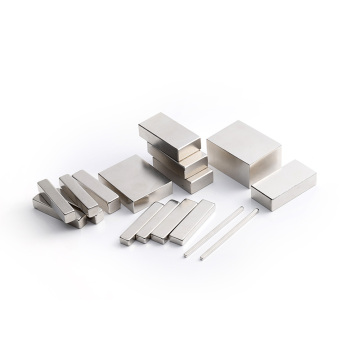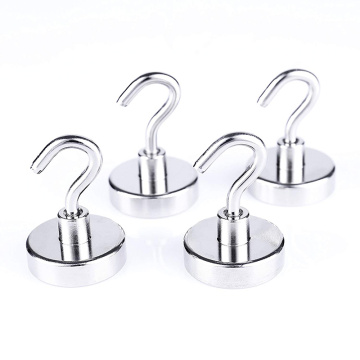JINYU MAGNET (NINGBO) CO., LTD, established in 2011, specialized in studying, manufacturing, developing and applying Ndfeb magnets and Ndfeb Magnetic Assemblies.
JINYU MAGNET keeps introducing advanced production and testing equipment and experienced professional personel to fully support more customers from over 30 countries.
Our magnetic products are mainly used in wind turbines & generators, serve motors, staring motor, linear motors, motive power, apparatus, loudspeakers, MRI, etc.
The principle " QUALITY FIRST, CUSTOMERS SATISFACTION " guided us to satisfied customers with best service.

Privacy statement: Your privacy is very important to Us. Our company promises not to disclose your personal information to any external company with out your explicit permission.



